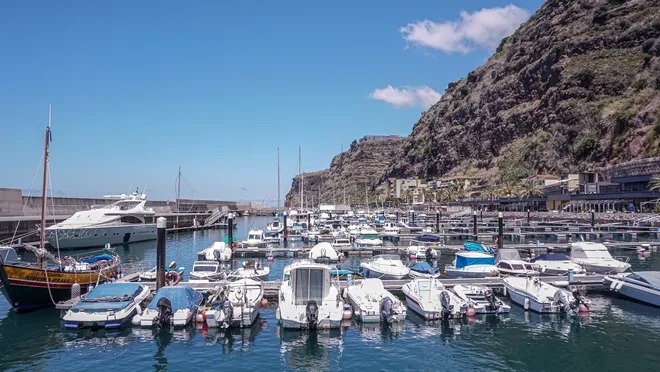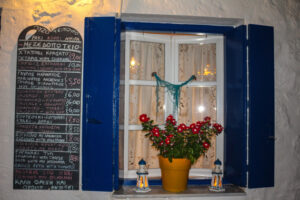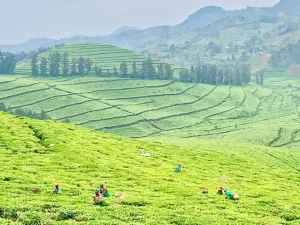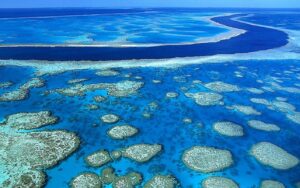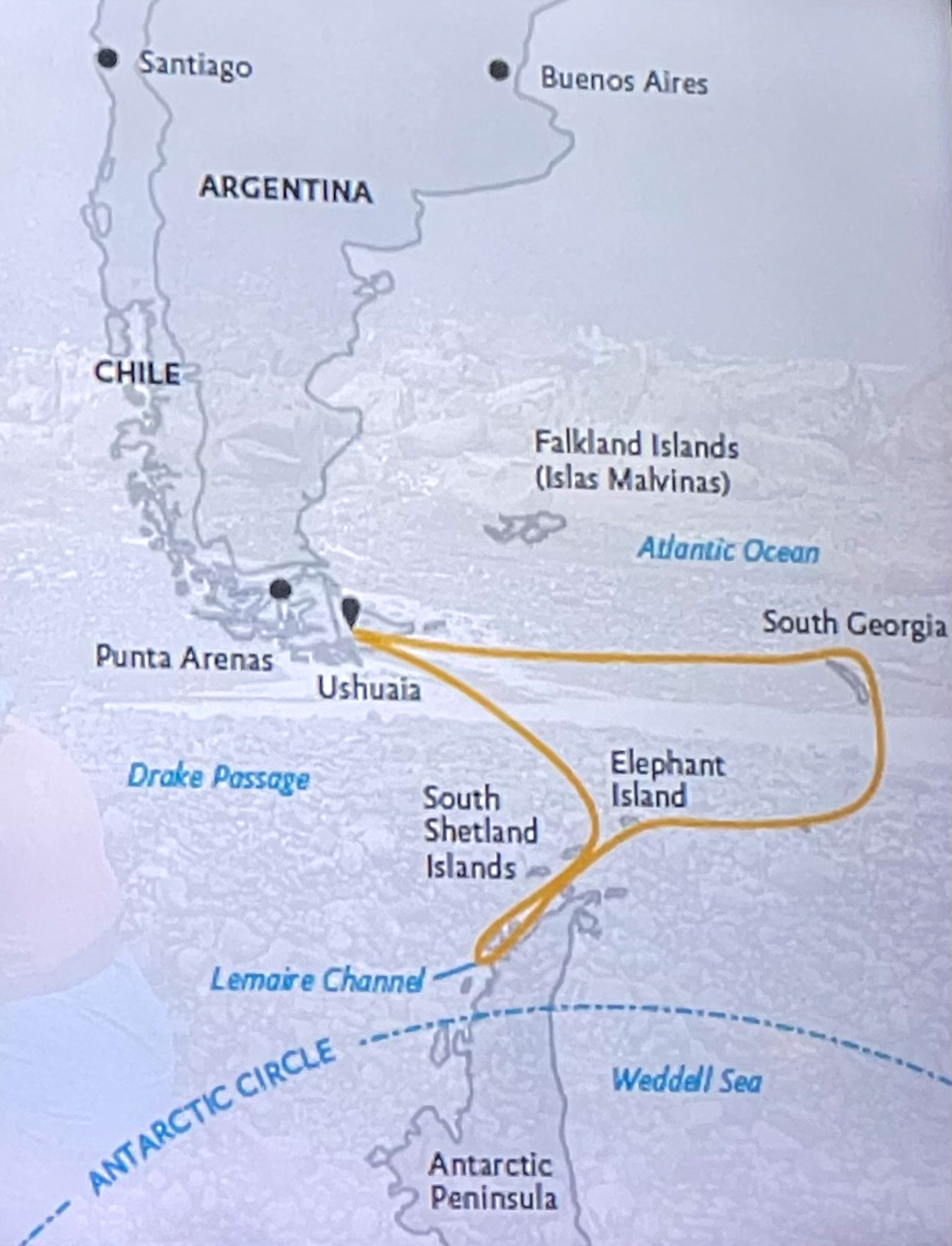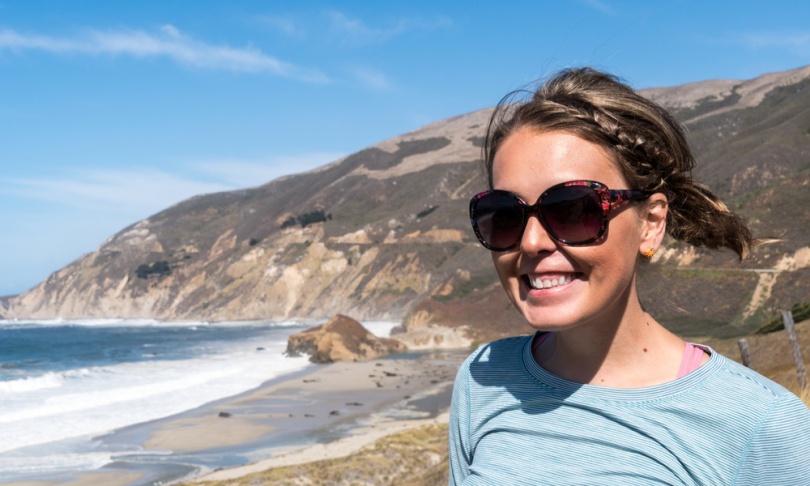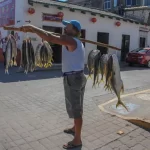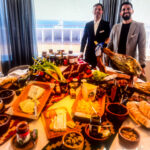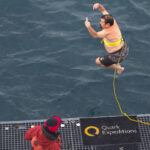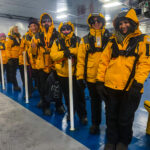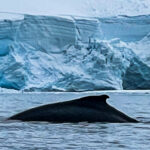There is a reason why Madeira is consistently voted one of the world’s top island destinations. Topographically, the Portuguese archipelago of volcanic origin continues to astound visitors with is warm, cobalt-blue Atlantic waters surrounding chartreuse forests, valleys and mountains.
Known as the “pearl of the Atlantic” and the “island of eternal spring,” the exclusive Madeira group is made up of two populated islands, Madeira and Porto Santo, and the more desolate and untamed Desertas and Selvagens. It lies 600 miles southwest of Portugal and 400 miles west of Morocco.
The name “Madeira” means “wood” in Portuguese. This is a fitting nod to its wild and scenic laurisilva, or laurel forests, some of the oldest trees in the world.
Madeira is a Shangri-La for adventure-seekers.
They marvel at the frothing Atlantic lapping upon multicolored beaches, overlooked by green cliffs of sheer granite. The ocean is ripe for swimming, surfing, deep-sea fishing and scuba diving. Inland, intricate trails offer hiking and mountain biking.
More:Portugal is the new hot travel destination. Here’s why

Many Madeira visitors come to hike the levada irrigation channels. Water for farming and winemaking is carried through levadas from the wetter northern end of the island to the more arid south. An elaborate scheme of footpaths follows these channels. There are more than two dozen excursions on the island of under 20 miles, most ranging in difficulty from easy to moderate.
While Madeira has no native animals, the islands are a sanctuary for a pageant of flora, including the laurisilva forest.https://6d56a2fea25d88279e961ebbe24b2cc2.safeframe.googlesyndication.com/safeframe/1-0-37/html/container.html
For those seeking hedonistic pleasures, the timeless elegance of the Michelin-starred William Restaurant and Il Gallo d-Oro astound gourmands. The magnificent setting of The Dining Room at the stately Quinta da Casa Branca dazzles guests in an opulent villa estate setting.
The mesmerizing capital of Funchal boasts a vibrant nightlife. It is known as the Garden City due to its green parks and botanical gardens. Take the Funchal Cable Car, a funicular tram ride, to reach new heights for astounding photo opportunities of the city and azure Atlantic.
No trip would be complete without experiencing the aromas, complexities, flavors and degrees of sweetness of fortified Madeira wine. Wine-tasting tours traverse the island, taking in the iconic regions of Camara de Lobos, Seixal, Porto Moniz and Sao Vicente.
Few visitors know the role that Madeira wines played in the inception of the United States. George Washington, Thomas Jefferson and other Founding Fathers toasted the signing of the Declaration of Independence with fortified Madeira wine, because of its nectarous taste, balanced acidity and sweetness — and because it traveled well. The wine became known as “vinho da roda” or “round-trip wine,” because the varietals were greatly enhanced when some of the wine returned to Europe.
Although one could spend a good week (or longer) on Madeira and nearby Porto Santo, four-day familiarization journeys are sufficient to experience its scenic villages, sun-splashed beaches, lofty mountains, incredible valleys and wine regions. Because of its balmy year-round temperate climate (winter days can average in the mid-60s), Madeira is a land for all seasons.

